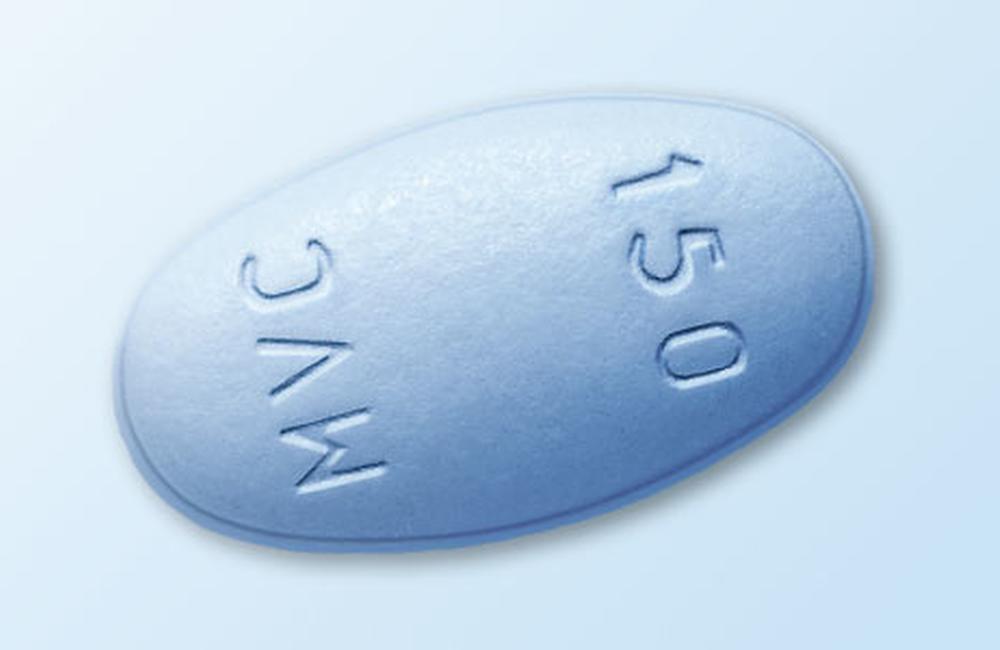
Treatment with maraviroc is associated with the regression of liver fibrosis in HIV-positive patients co-infected with hepatitis C, a small randomised study presented to the Sixth International AIDS Society conference (IAS 2011) in Rome shows.
Investigators from the University of Brescia in Italy believe that the beneficial impact of maraviroc (Celsentri) was due to its inhibition of CCR5.
None of the patients were taking hepatitis C therapy and researchers believe that treatment with maraviroc could provide an important option for patients who are unresponsive to or ineligible for hepatitis C treatment.
A total of 59 co-infected patients were included in the open-label, proof-of-concept study.
All were taking stable antiretroviral therapy consisting of ritonavir-boosted atazanavir (Reyataz) in combination with FTC/tenofovir (Truvada) and had an undetectable HIV viral load.
The patients were randomised into treatment and controls arms.
Patients in the treatment arm added maraviroc to their HIV therapy, whereas individuals in the control arm continued to take their existing combination of drugs.
The investigators wished to see if therapy with maraviroc led to the improvement in liver fibrosis stage. This was assessed by measuring liver stiffness using FibroScan at baseline and week 24.
There were no significant differences at baseline between the two arms of the study. The patients had an average age of 46 years, 88% were men, and their median CD4 cell count was 500 cells/mm3.
Nearly all (93%) were infected with the harder-to-treat hepatitis C genotypes 1 and 4. Hepatitis C viral load at the start of the study was 5.4 log10 copies/ml, and liver function was also comparable between the two arms, as was liver stiffness at baseline.
After 24 weeks of therapy, both HIV and hepatitis C parameters remained unchanged, and liver stiffness stage remained unaltered in 75% of patients in the treatment arm and two-thirds of patients in the control arm.
Any analysis of the patients who experienced a change in their liver stiffness status showed significant differences between the two study arms.
Patients treated with maraviroc were significantly more likely than those in the control arm to have had an improvement in liver stiffness.
The proportion of patients in the control arm with stage 1, or mild, fibrosis fell from 57% at baseline to 47% at week 24, and the proportion of patients with stage 4 fibrosis, or cirrhosis, doubled from 14 to 28%.
The investigators’ analysis showed that treatment with maraviroc was associated with a significant improvement in liver stiffness compared to the control arm (p = 0.03).
Restricting analysis to patients with liver stiffness indicative of cirrhosis showed a significant improvement in the patients taking maraviroc, but a deterioration for patients in the control arm (both p < 0.01). The number of patients in the maraviroc arm with stage 1 fibrosis increased from 35 to 44% as a reflection of a reduction in the proportion of those with stage 4 fibrosis.
The investigators believe that their findings may open up an important new treatment option for many co-infected patients.
“Patients who add maraviroc to the current HIV therapy seem to show a decrease in liver stiffness after 24 weeks, particularly when LS at baseline was higher,” said Dr Paola Nasta.
Nasta P et al. Maraviroc (MVC) reduces liver stiffness (LS) in HIV-hepatitis C (HCV) co-infected patients. Sixth International AIDS Society Conference on HIV Pathogenesis, Treatment and Prevention, Rome, abstract WEAB0105, 2011.
